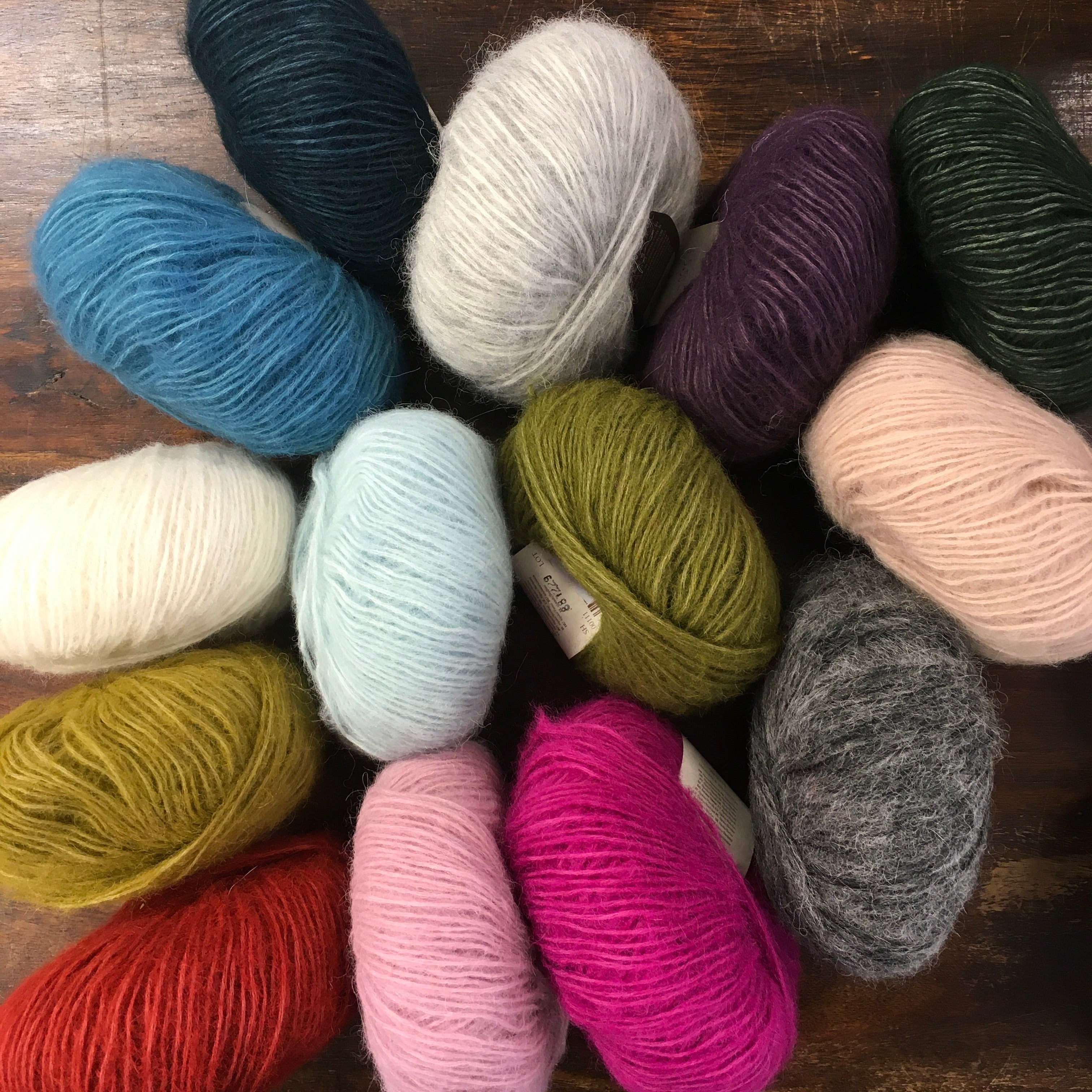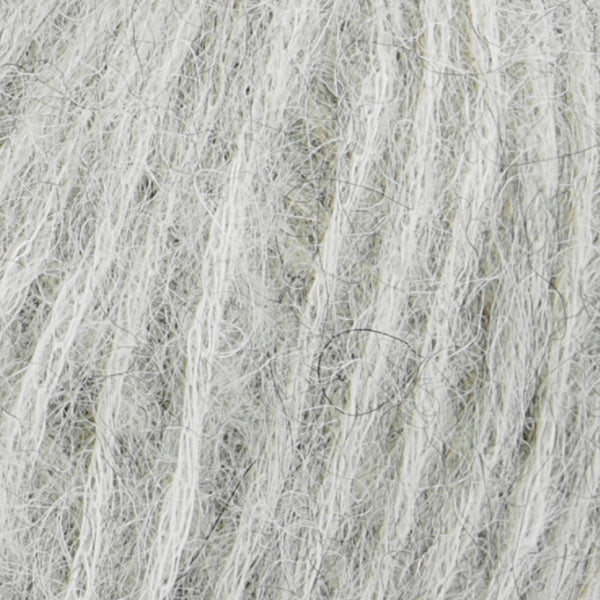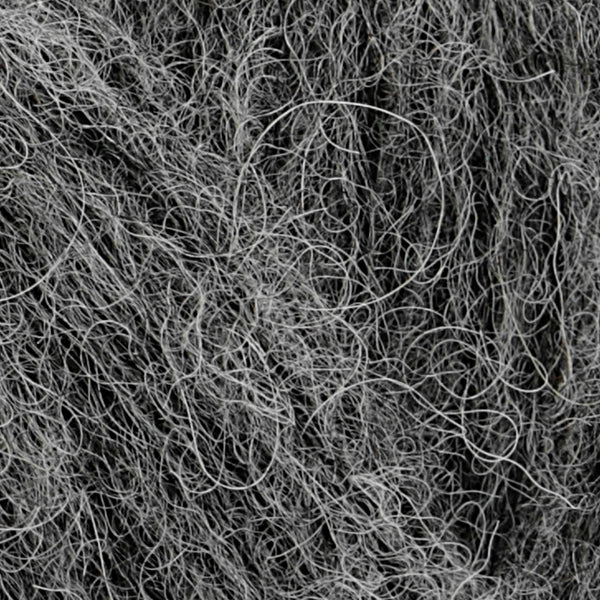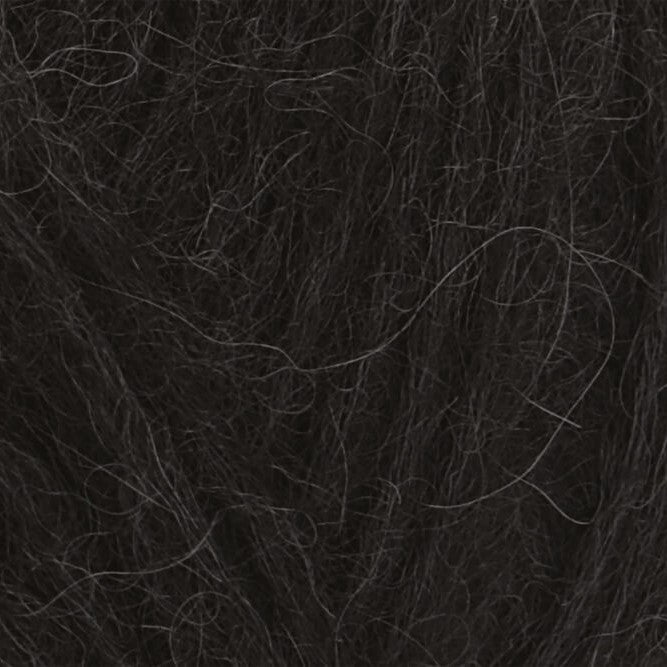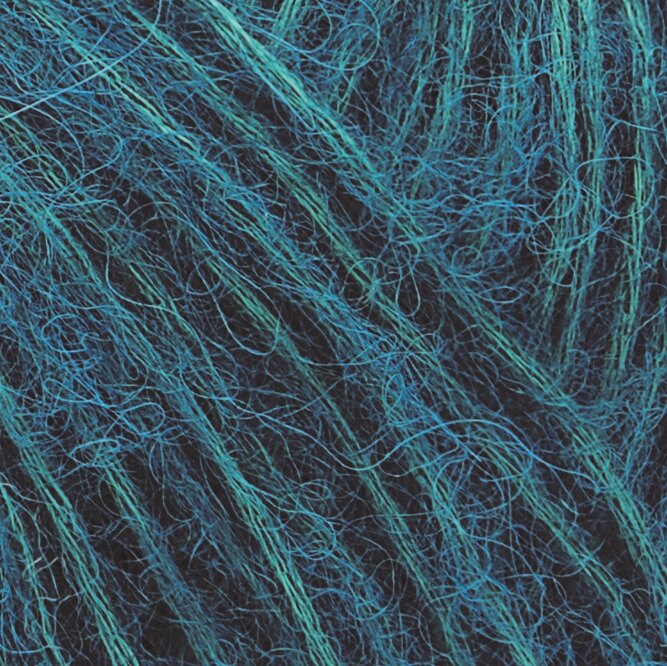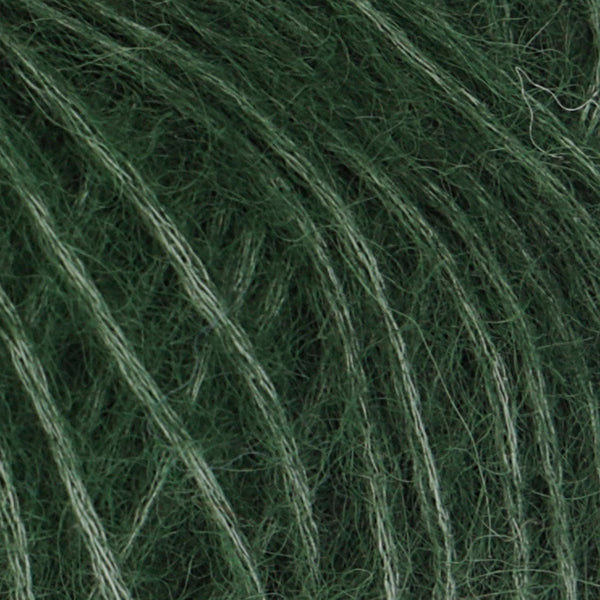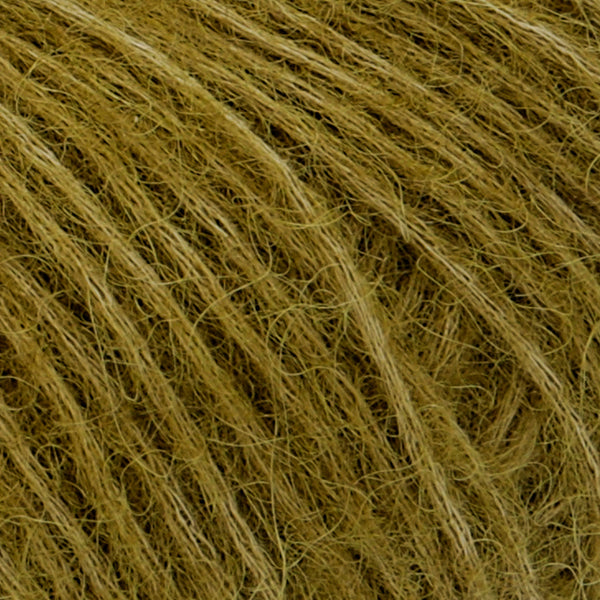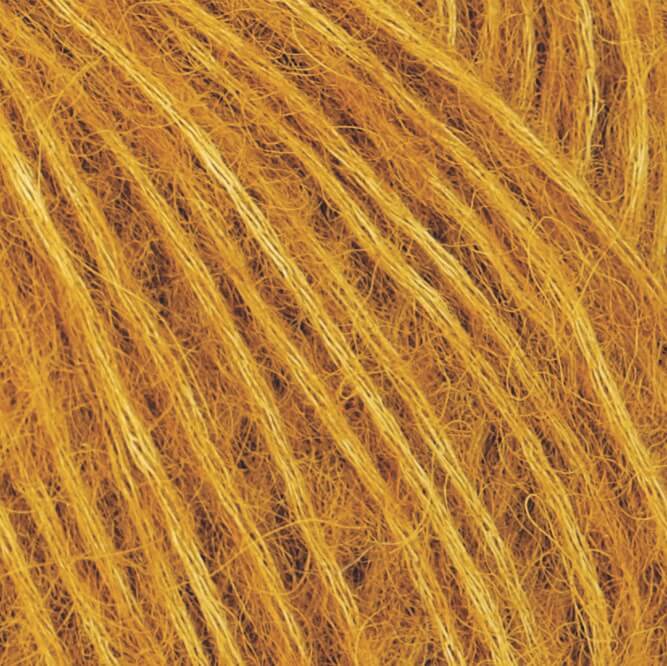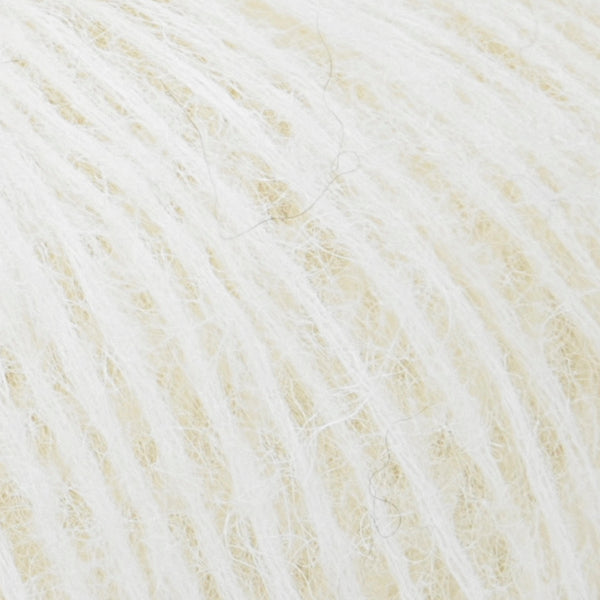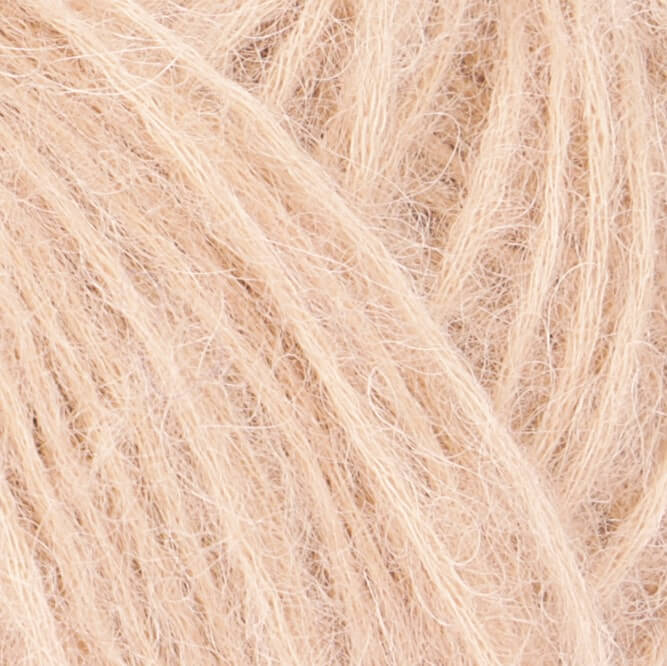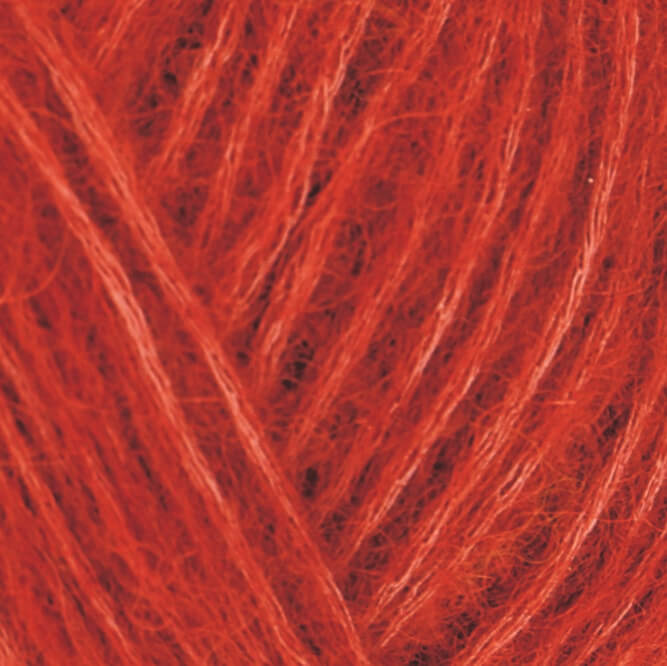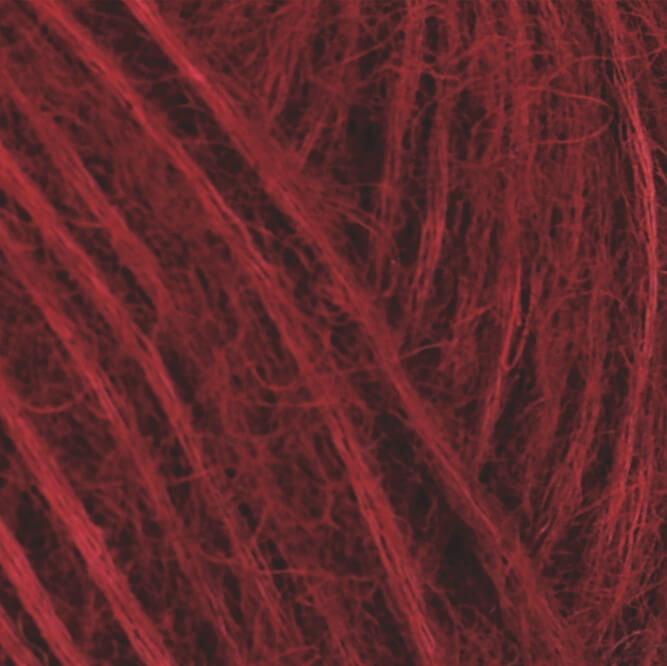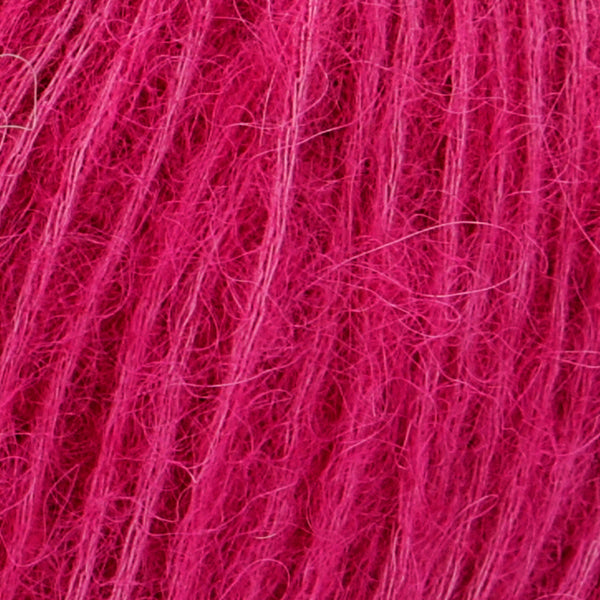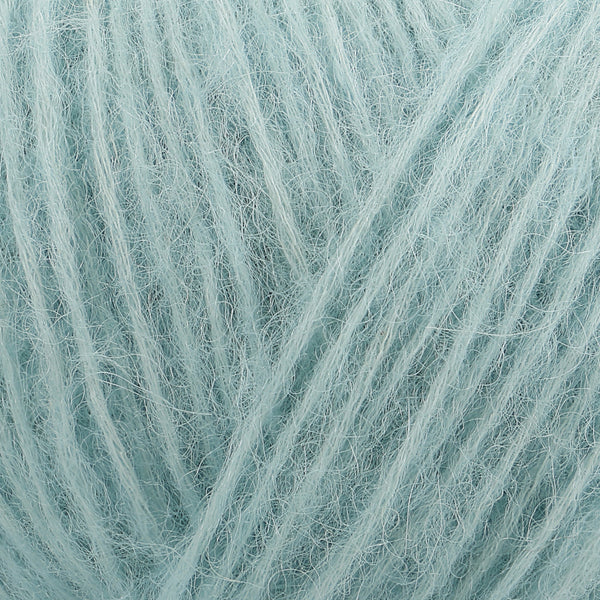 Minecrafty Cowl, designed by SweaterFreak the pattern is available to buy on Ravelry
Minecrafty Cowl, designed by SweaterFreak the pattern is available to buy on Ravelry
This was an impulse cast on knitted in a few days. Whilst planning and knitting this project I made a series of decisions mainly to make my life easier. Were there some unforeseen consequences? Yes. Is the finished cowl still fit for use? Yes. Does the cowl still look good? YES!
I normally like to make shop samples as written in their pattern so customers know what to expect, rather than get a long list of modifications. Mods can be very off putting for beginners or those that like to religiously follow a pattern and don't like to go off-piste.
But for this sample I relaxed my self-imposed 'rules' and went a bit rogue. This project definitely represents another type of knitter - whether it's a curious one and/or one who just wants to knit something stunning without trying too hard (or use YouTube).
In total I made 5 decisions that deviated from the pattern. Although I don't think they detract from the striking nature or practicality of the finished cowl, they did have an impact.

Minecrafty is a stranded colourwork cowl knitted in the round.
The design is elevated through the use of a tubular cast on and cast off. It has one round of increases to create a flared shape and it ends with a split hem.
Designed by SweaterFreak the pattern is available to buy on Ravelry or in the Pittenweem shop as a download.
It's a single loop cowl, measuring 19"/48cm circumference at the top and 22"/58cm at the bottom. It's what I call a tall cowl at 30cm/12" in height.
The pattern sample is knitted in a 100% merino wool DK/Worsted. Merino makes a soft, plump and squishy yarn. It can produce great stitch definition and clarity in colourwork designs. And it makes a super thick and cushy fabric in stranded colourwork.
Minecrafty's stranded colourwork design is a bold pattern using just 2 colours in a series of blocks. The pattern is charted.
Obviously the black and white of the sample cowl grabbed my attention (love black and white). I also really enjoy making cowls in the round.
Cowls are basically big tubes, although they can sometimes have shaping, you're usually just knitting round and round so it's good practice if you're new to circular needles. Just make sure you get the correct length of needle. For a narrow cowl like Minecrafty you need a 40cm long needle.
And because you're just going round and round, cowls are great for practicing stranded colourwork. Especially if it's a narrow cowl as you'll have less stitches to knit backwards if you make a mistake.

Stranded colourwork is when you're working with more than one colour on each row/round. It's usually just two colours. You'll work with one colour and the unused colour is held at the back until you need it. When you do need it you carry the yarn across the back - creating strands.
When you do stranded colourwork you generally want a yarn that's at least a little bit toothy and sticky. It's more likely to stick to itself and give you a nice smooth colour effect. The stitches will nestle against each other rather than gaping.
I didn't want to use our resident merino yarn, Socks Yeah DK, as we've already used it for stranded colourwork in our Moonwake Cowl. I wanted to use Rowan Alpaca Classic. We have LOTS of shop samples using this fluffy yarn and we use it in our Alpaca Collection Kit. But I've never used it in stranded colourwork. I was really curious how it would work and this seemed like a great project to try it out. Especially as I ordered a bag of black Alpaca Classic by mistake a few months ago.😆
I didn't feel nervous about this first deviation from the pattern. Rowan Alpaca Classic can knit to a DK gauge and size is less important for a cowl even if it does come out slightly smaller or bigger. I did not check my gauge!
Alpaca Classic is very different from the 100% merino used in the pattern sample. It's a blown yarn. It has a cotton middle surrounded by alpaca fibres. This makes it very very lightweight and also very sticky. The lightweight attribute is welcome - sometimes stranded colourwork in a DK yarn can feel hefty. And the stickiness of the fibres should lend itself to colourwork. However it does mean it's not so easy to 'unknit' if you make a mistake.
My second adaption was an easy one to make but I didn't fully think it through.
The cowl starts with a tubular cast on and I quite simply couldn't be bothered doing it. It would have really elevated the cowl creating a seamless-edge effect for the beginning of the rib. You can see an example here on our Student Vest sample. I usually follow this tutorial by Ysolda but the pattern also includes a link to another tutorial.
A tubular cast on is a multi step process and I just wanted to get going. I did a basic long tail cast on instead which gives an decent edge with a bit of stretch.
Job done.
However, I did not account for the rows added during the tubular cast on and I only knitted the rib for 6 rounds as instructed. I should have knitted at least 8. So my white rib is a little bit off-balance compared to the longer black rib at the bottom.

Minecrafty uses a simple grid pattern in black and white. You start with a white rib before moving through a sequence of black and white blocks. White is more prevalent before black takes over and you end with a back rib at the bottom.
For the first part of the pattern I held black as my dominant colour and then I switched to white as the dominant colour on row 26.
The pattern did not tell me to do this. It made no mention of colour dominance.
Colour dominance in stranded colourwork is determined by where you hold one yarn in relation to the other and you can make one of your colours 'pop' more than the other. You can do this whether to knit your stranded colourwork with two hands or one.
I knit my stranded colourwork holding one yarn in my right hand and the other in my left. I throw the right hand yarn (how I normally knit) and pick the yarn in my left hand (continental style). It takes a bit of practice but it stops your yarn getting tangled and it helps maintain a consistent yarn dominance and keeps your yarn strands tidy. You can see a demo here.
The yarn in my Right hand will Recede and the yarn in my Left with Leap. So by holding the black in my left hand it will look dominant against the white.
The yarn in my left hand is always coming from the bottom so you can achieve this effect even is you knit with one hand. Watch this video for a one handed demo.
You can read more about colour dominance at Ysolda.
I'm not sure if switching the black yarn to the white yarn in my left hand enhanced the pattern or detracted from it? Does it even have an impact given the pattern changed too? 😆
The fourth change I made was the split hem at the bottom of the cowl. I just couldn't get it to work! The pattern includes a link to a tutorial by the designer but I did not find it very clear. I understood what I was trying to achieve but the effect was very messy. The split hem in the pattern overlaps slightly. So you need to pick up stitches before knitting back and forth. But you need to pick up stitches to match the K1P1 rib and this was very tricky to do in the Alpaca Classic which had little stretch to its cotton core.
After several attempts (remember I said the Alpaca Classic sticks to itself) I gave up and just did a split hem without an overlap.
I also did not do the recommended sewn bind off but I did bind off in the K1P1 pattern.
I followed my usual blocking procedure. I soaked it in Eucalan, a delicate hand wash laundry liquid. I squished out excess water in a dry towel then laid the cowl out flat to dry. Keeping the split at the side. Washing your stranded colourwork project really helps to relax the stitches which can look a bit distorted from all the stranding.
Overall my Minecrafty came out slightly smaller.

The cowl is lightweight as I expected and very squishy. Not limp at all. The stranding has definitely given it body rather than drape. Especially in comparison to our other Alpaca Classic cowl. Whilst the colourwork doesn't have the crispness it would have if I'd used a smoother yarn I would definitely use the Alpaca Classic again in a colourwork pattern. Something with a more relaxed aesthetic like an oversized slouchy garment or accessory. And I can refer to this Minecrafty Cowl when I want to check gauge.
Overall I'd recommend the pattern. A cautious beginner can certainly make it without any 'special' techniques (like I did) or if you're a bit more adventurous (and patient) try out the different cast on and cast off methods and/or the overlapping split hem.
To recap:
You can buy Minecrafty as a digital pattern in the Pittenweem shop (it will be emailed to you) or you can buy on Ravelry
You can see our selection of Rowan Alpaca Classic here. I used one ball each of Noir and Snowflake. But I used all of the Noir and my cowl is a wee bit small. You may need two balls unless you reduce the main colour rib.
Or choose another DK yarn. You need 130m of your main colour and 85m of the contrast.
You can watch the designer talk about this pattern here. WARNING she has lots of lovely cowl patterns!







